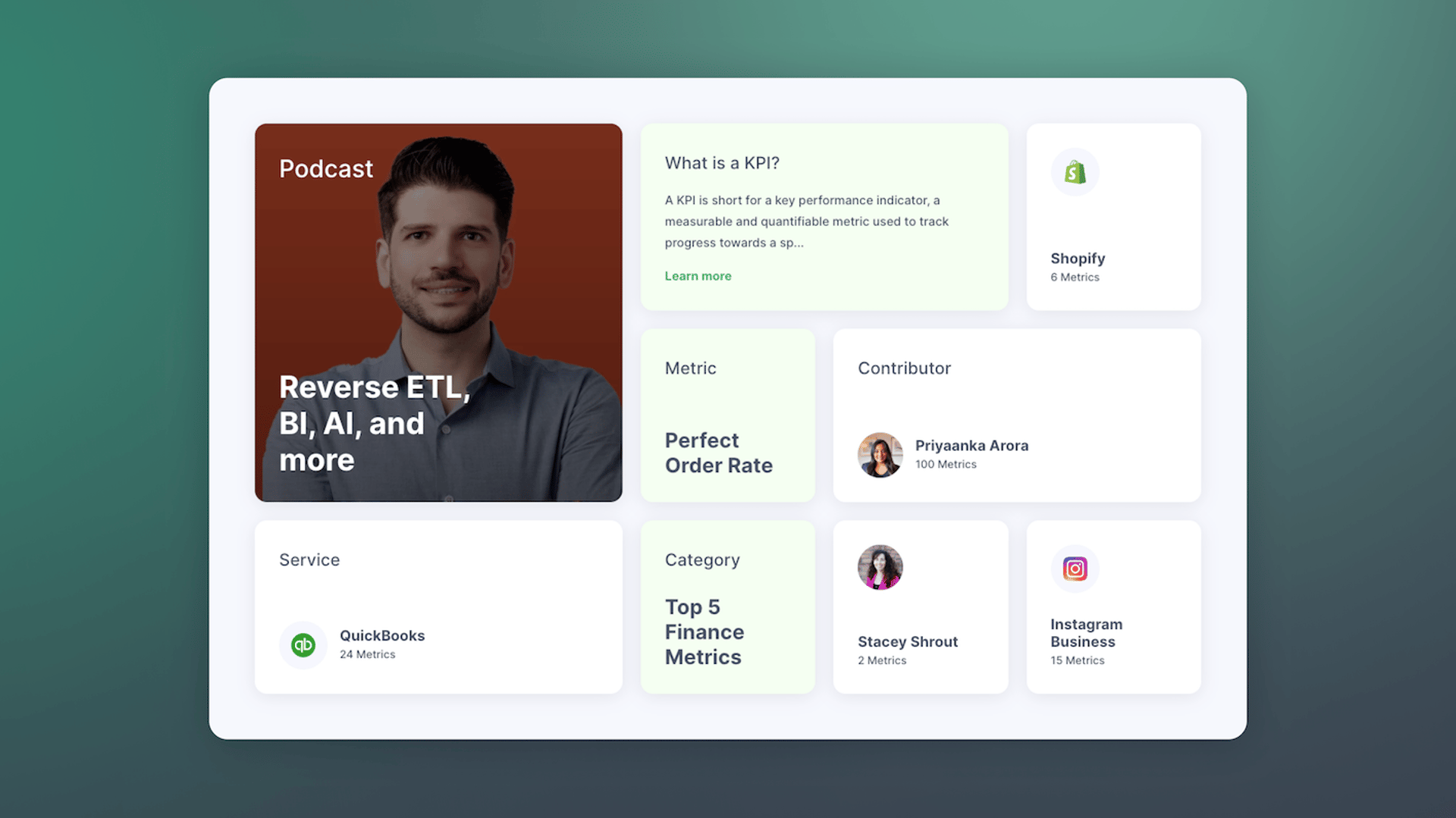The spaghetti mess we created when we tried to integrate our data systems - and how we got out of it

Published 2023-03-21
Summary - A company needs reliable data to make decisions. It usually gets that data from a variety of systems. There might be one system for accounting, another one for marketing, and so on. As a company grows, it adds more systems. But making those systems work together to produce reliable data can be difficult. We learned the hard way that you have do things slowly – and make it
To operate efficiently and to make sound decisions, every company needs reliable and trustworthy data.
You need to know what your sales are, what your customer churn rate is, and how many people are visiting your website – among many other things. And you need those figures every month at the very least to make informed decisions about just about everything your company does.
What I have discovered, as Klipfolio has grown, is that you have to grow your data systems along with the company.
And that is not easy – even for a company that specializes in dashboards and data aggregation!
Here’s our story.
In its early days, Klipfolio had only a few data collection systems. We had an accounting system that kept track of our finances; we had a web analytics system that gave us information on website traffic; and as we put a sales force in place, we put in a customer resource management system, or CRM.
And for a while, this was just fine.
When we wanted information on trends and correlations, we were able to do so relatively easily by plucking data from our three separate systems and sewing it together into something that made sense.
And we trusted the data because we knew it was clean - and simple.
But then, with the number of customers moving into the thousands, we introduced a ticketing system, a marketing automation system and a payment processing system at the same time. And with six systems instead of three clarity quickly vanished. We were overwhelmed. It wasn’t so easy any more to sew things together, and we found we could no longer trust the numbers we were getting.
It was just one system bolted onto another, and we didn’t integrate them in the right way.
Of course, when you choose the systems, you are told that everything integrates out of the box - seamlessly. Don’t believe it for a second.
That wasn’t our experience.
We ended up with systems that were sort of integrated, but far from how our lifecycles and funnels and payment models were designed. In many ways, we now had data silos, and we found ourselves trying to make decisions with data we could not trust.
My advice?
First of all, do things in stages.
Companies need to make decisions based on the interaction of a variety of data systems. If you are integrating one system with another, take the time to do it right. Then let the systems work together for a while, until you get to a point where you can trust the data they are giving you. In our case, integrating our CRM with our new payment processing system took three months to get going, and then it took another four months to iron out the wrinkles.
Only when you trust the data from the first integration should you add another system.
Second, make someone responsible for the integration.
When we started, we did not have any one person in the company responsible for the technical integration of systems. For example, our marketing team was trying to integrate our new marketing automation system with our website and CRM, and struggling with it.
Not having an in-house systems expert was a huge mistake.
We have now hired a business systems developer who is responsible for the integration and data integrity of all our systems, and he’s awesome. (You know who you are!)
Third, you have to train your staff to understand the data - the assumptions, the filters, the time frames - and to use it.
These things have to happen sequentially in order to work.
We spent way too long not having a clear picture of how our business was truly performing. There were too many hoops we had to jump through to get to the data we were looking for.
The irony of all this is that we’re a dashboard company.
But if you can’t trust the underlying data, it doesn’t matter what kind of dashboard you have.
It pays to take the time to integrate your systems properly so you can make decisions based on reliable, trusted numbers.
Here are the systems we are happily using today - all properly integrated with the help of our business systems developer: Google Analytics, Marketo, Uservoice, OLark, Influitive, Salesforce, Zuora and QuickBooks - and of course everything feeding our very own Klipfolio dashboard.
Allan Wille is a Co-Founder and Chief Innovation Officer of Klipfolio. He’s also a designer, a cyclist, a father and a resolute optimist.
Related Articles

Why Are KPIs Important?
By Danielle Poleski — August 5th, 2025
How smart businesses are making better decisions
By Alastair Barlow — November 22nd, 2023
Promoting data literacy with metrichq.org and the power of AI
By Allan Wille, Co-Founder — October 12th, 2023

